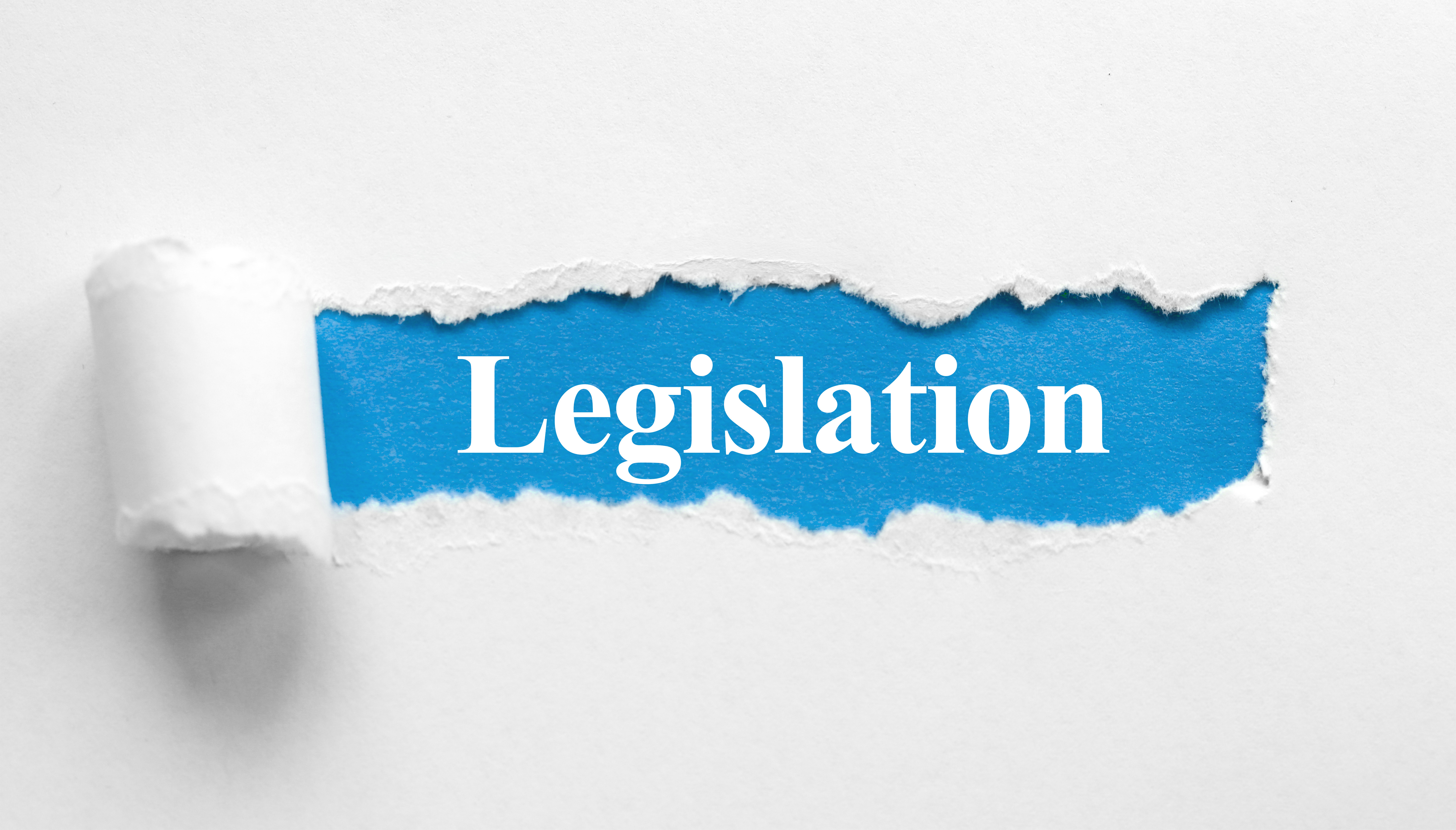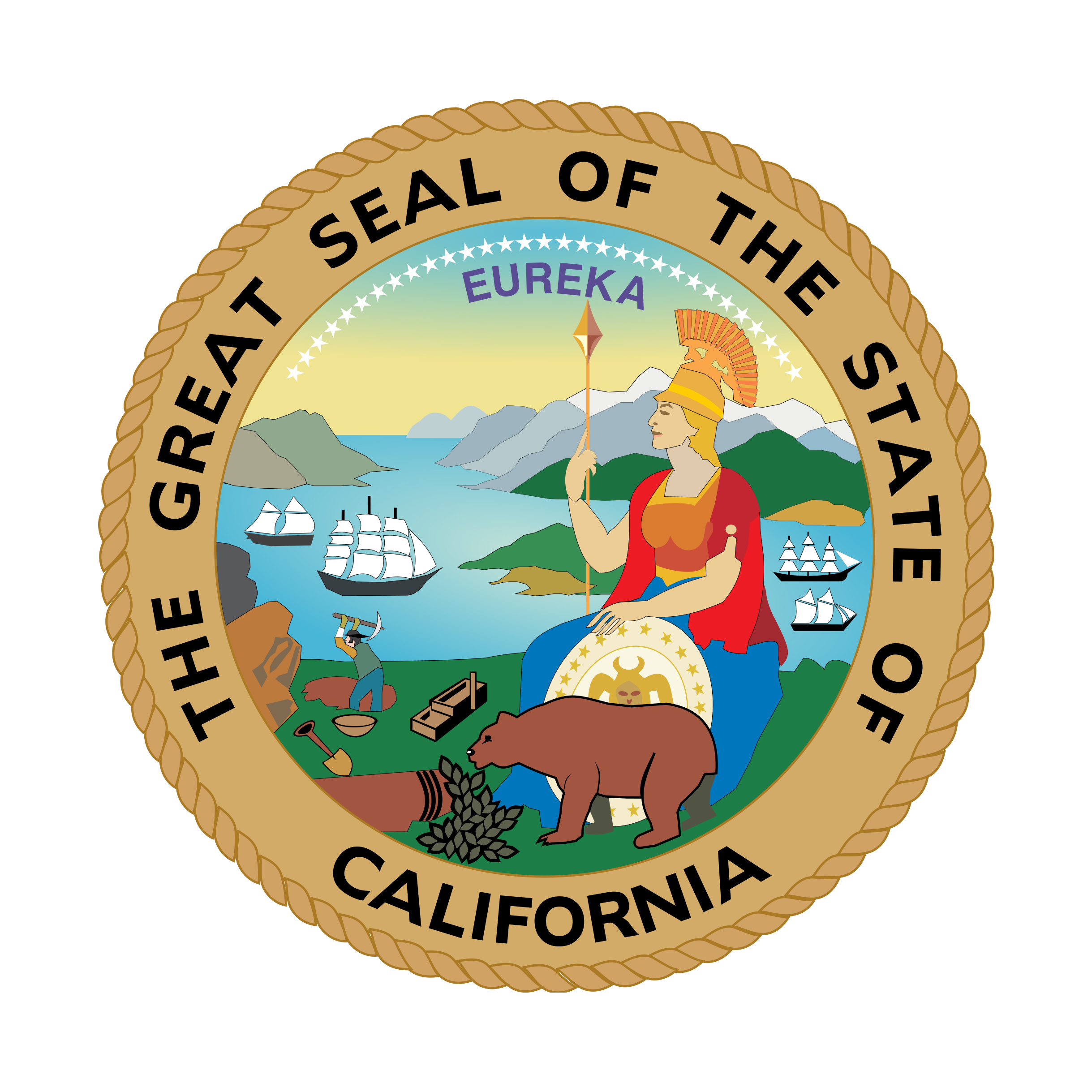
There has been relatively little public discussion of California AB 1181. Here are a few articles I’ve been able to find. Previous public comments discussed here.
CharityWatch
CharityWatch publicly supported AB 1181 on 7/12/19: CharityWatch Supports California’s Bill to Discourage Charities from Exaggerating Non-Cash Contributions. Comments in the article provide background on the issue. CharityWatch has long opposed the valuation methodology in place for the sector, mentioning there is an overvaluation issue.
CharityWatch perceives the application of current accounting rules creates enough variability and inconsistency in reporting that they remove all GIK from their ratings calculations.
Here is a one sentence summary of the underlying issue from the article:













